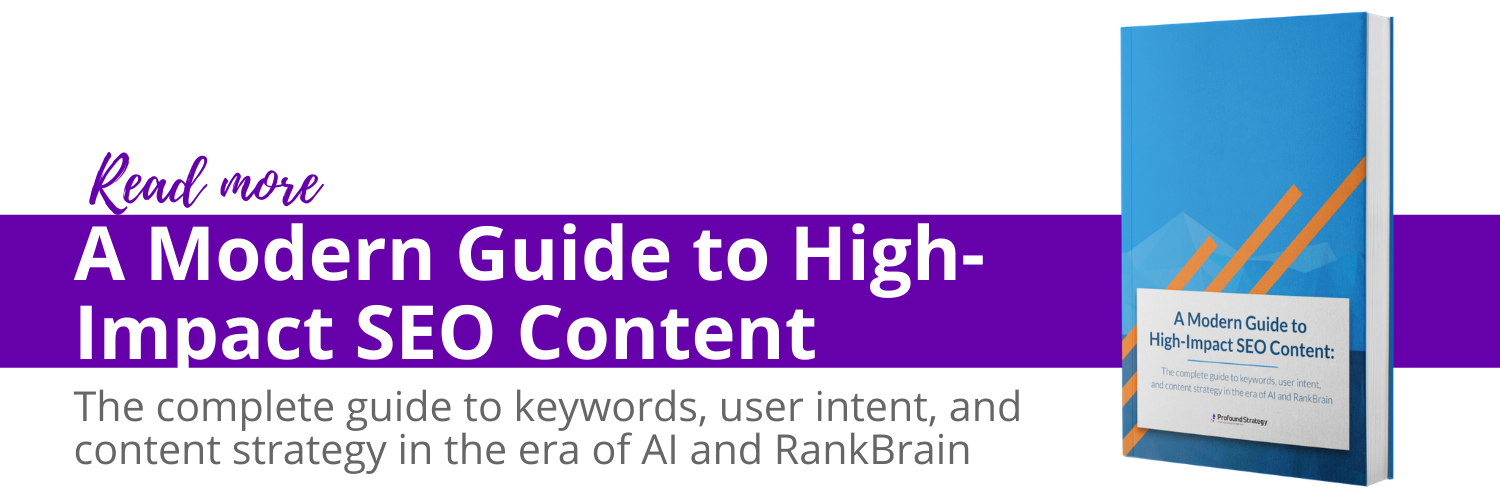The 4 Reasons Most SEO Projects Fail: How to Guide Your Team to Effective SEO
If you’ve ever worked in a marketing department, you’ve probably seen an SEO project that didn’t go well. Unfortunately, many marketers feel that SEO is just too difficult to execute successfully. It’s no wonder that some marketers consider SEO an exercise in futility.
The truth is that most SEO strategies are ineffective because they are based on one or more of these fundamental flaws:
- Expecting growth from technical SEO tactics
- Focusing on the volume of content produced
- Over-emphasizing keywords
- Using rank tracking as a primary KPI
Your brand still needs SEO—now more than ever—but any of these issues can sidetrack even the best laid SEO plans. Fortunately, any savvy marketer can also learn how to fix them.
Flaw #1: Expecting Growth from Technical SEO
“Technical SEO” refers to foundational SEO tactics—like ensuring your website is crawlable, or that it is mobile-friendly—necessary to get a website to a place where it can begin to compete in organic search. Technical SEO also refers to minor technical adjustments that don’t create SEO gains, such as adjusting the length of meta descriptions or redirecting all possible homepage variations.
The foundational items are important, and a website won’t rank at all unless they are in place, but ongoing minor technical adjustments do not cause or promote the growth of organic traffic.
Think of it this way: A concrete slab is a necessary and important part of a home’s foundation; you wouldn’t build a house without it. But spending a lot of time polishing the concrete slab won’t get the house built any faster or make it any stronger.
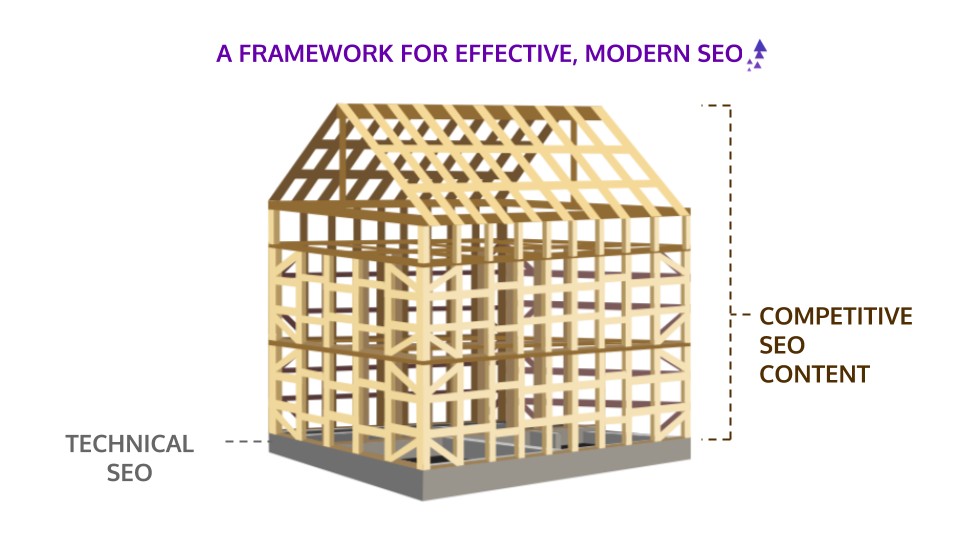
The only way to get predictable, scalable, organic traffic growth is to focus on a modern framework for SEO that puts great content front-and-center in an SEO strategy.
Meaningful, measurable SEO growth comes from creating content that is better—and more helpful—than your competitors’ content, not from technical SEO updates.
Learn which five technical SEO considerations are important for the foundation of your SEO strategy, or request a technical SEO audit. →
Flaw #2: Focusing on the Volume of Content Produced
Produce a whole LOT of content and something is bound to rank well, right? That approach might have worked in the past, because content saturation wasn’t at the point it is now.
Today, there are thousands, or tens of thousands, of posts and pages on any topic imaginable. And Google, with its artificial-intelligence based algorithms, can compare thousands of pieces of content every second. It knows the two to three URLs that users prefer, and those two or three URLs get the lion’s-share of traffic until Google discovers even better content and knocks them down a notch.
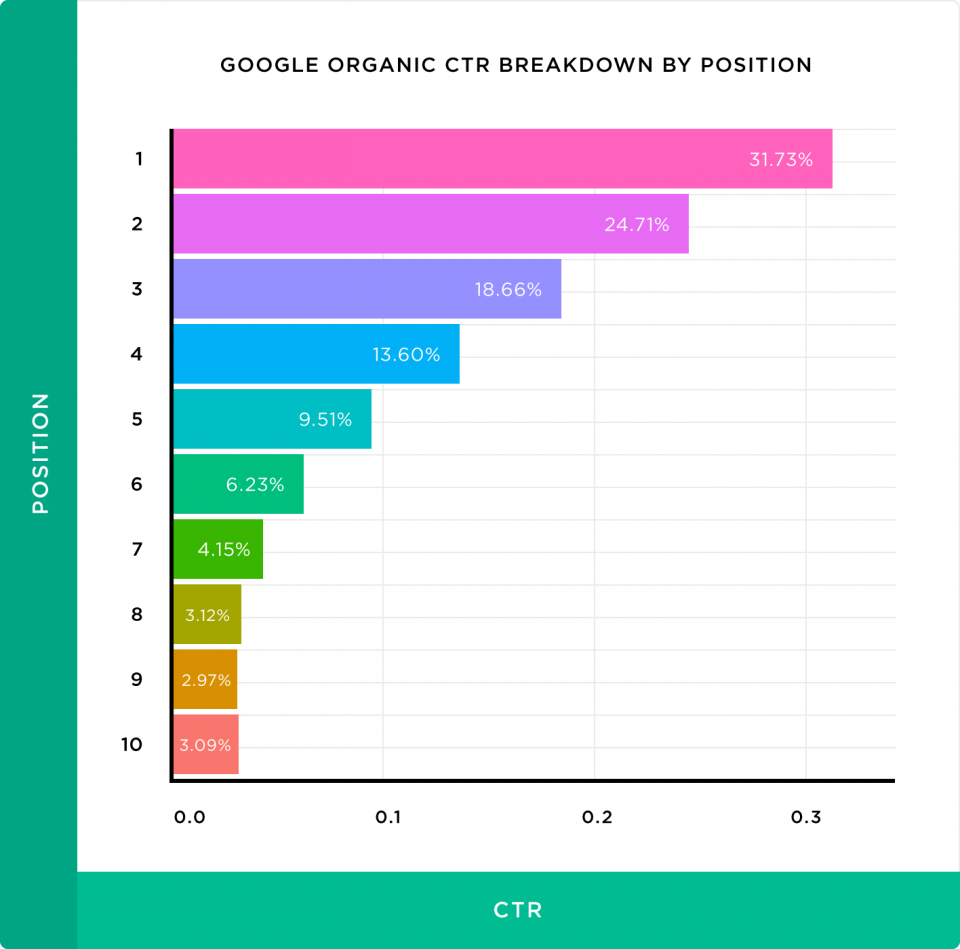
Source: Backlinko.com
As you can see in the graph above, on average, the content in SERP positions #1-3 receives more than 75% of all clicks. So, publishing more mediocre—or even high-quality—content isn’t going to make an impact.
So, what works? Marketers must identify the current winning content, try to understand why that content resonates with users, and pursue an approach aimed at producing extremely high quality content that is even better than the current best.
Only the very best content wins organic traffic and rankings.
Flaw #3: Over-Emphasizing Keywords
Most content marketers are doing some sort of SEO keyword research, and many have begun branching out into competitive research on those keywords as well.
But if they’re still writing content for a keyword, they’re missing important opportunities for organic traffic growth. Because a keyword is not a need.
A keyword isn’t the problem or question that sends buyers and decision-makers to Google. When users go to search, they have a problem or a need or a desire. Their boss asks them for something. They need directions. They have a question, an issue, or a goal.
The user’s need is the question behind the keyword:
Keyword: “data warehouse”
User Need: “learn about the difference between a data warehouse and a data lake”
A single keyword can be associated with multiple needs because different people often use the same term to ask different questions. Likewise, multiple keywords can relate to a single user need.
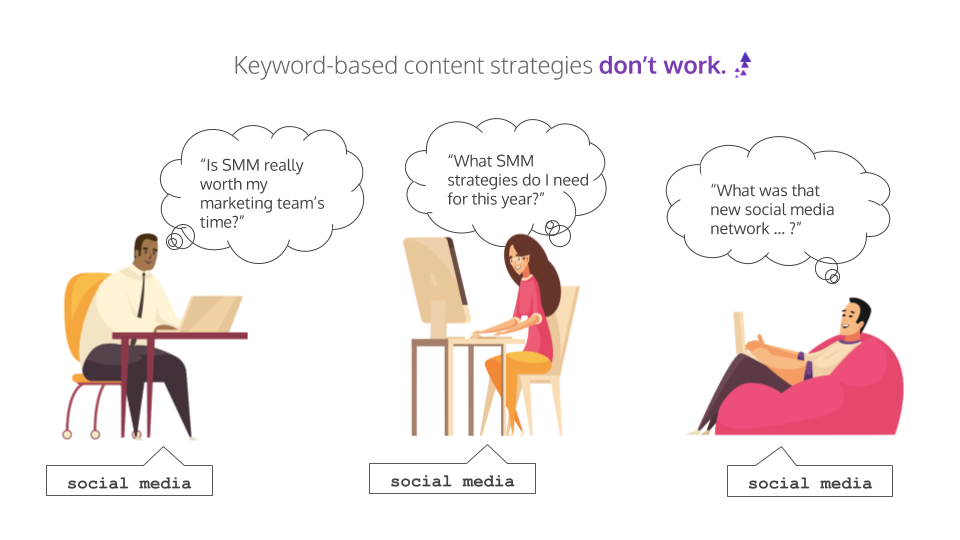
So, focusing solely on a keyword when creating content may, or may not, hit the mark. It may, or may not, address a user’s need. Which means it may, or it may not, drive any meaningful organic traffic.
The only way to create content that generates massive amounts of organic traffic is to create it to address a user need, not just a keyword.
Flaw #4: Using Rankings as a Primary KPI
Many marketers, and even cheap SEO services, use rank tracking as a leading indicator of SEO campaign success. They spend a lot of time tracking the keywords that they rank for, the keywords they don’t yet rank for, and the keywords that their competition ranks for.
This is a highly misleading practice.
There are many reasons why rank tracking isn’t a measure of success, including:
- Google’s practice of randomizing rank changes to weed out spammers
- Google’s personalization and localization features
First, Google randomizes rank changes for the purpose of confusing marketers so they are unable to game the system. Which means that looking ONLY at the ranking doesn’t tell the marketer:
- If changes made on the page actually worked
- If the page is going to stay there for long. It’s not the same as earning a climb up the SERP
Second, Google’s personalization and localization features mean that a user’s search history, personal tastes, and location play a part in the search results that Google displays. Two users can enter an identical search query and get very different SERP results.
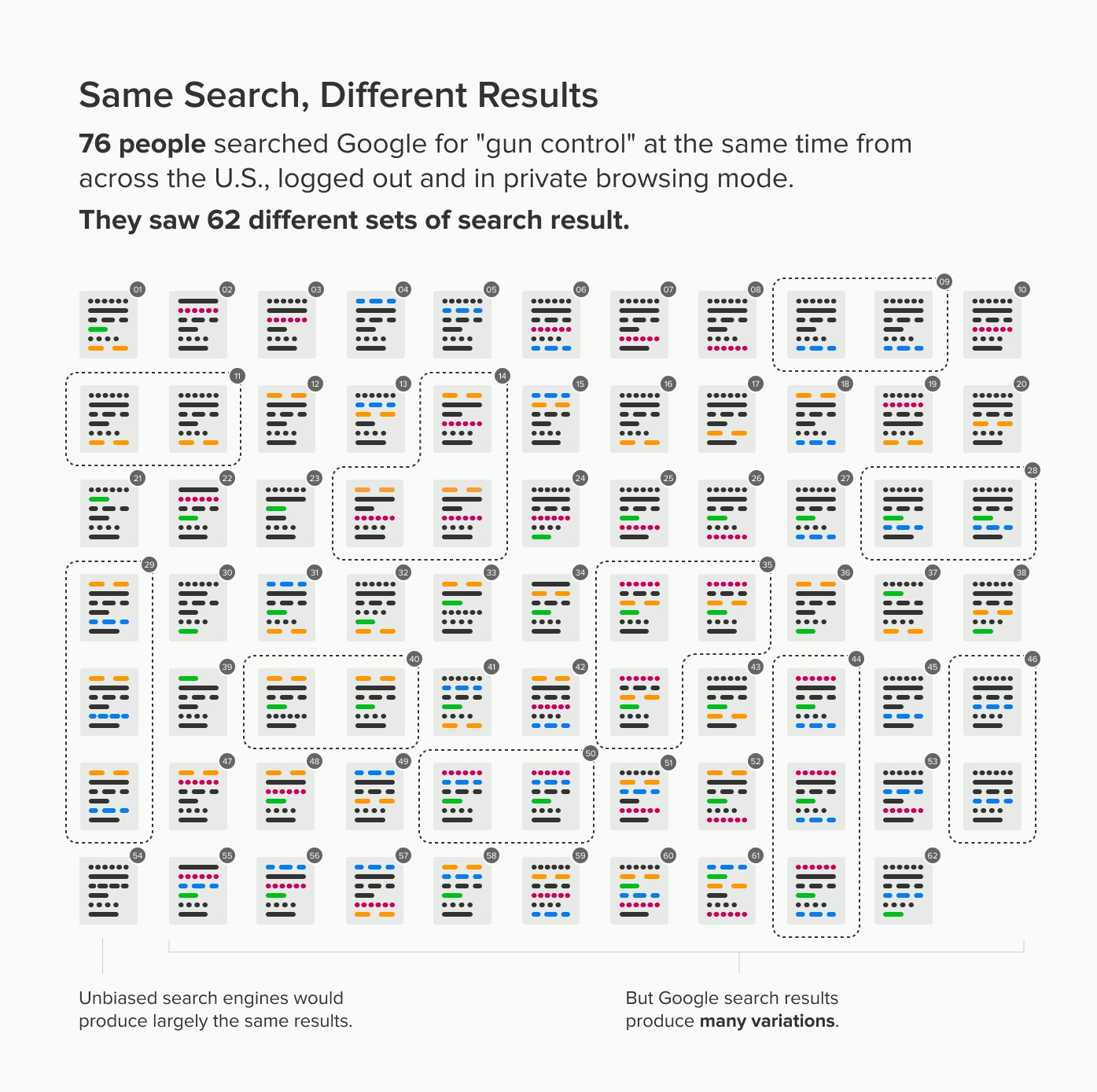
Source: spreadprivacy.com
Rankings are usually a prerequisite for traffic, but they must be treated as a first step—not as a goal in and of themselves. Rankings look nice on a report, but traffic is where leads and ROI come from.
Traffic is the only measure of success. Rankings do not indicate success; traffic does.
Get Your SEO Aligned
Most of these flaws are practices that marketers—and SEO agencies—have used for years because, at one time, each of them used to work. The fact is, there are still a lot of bloggers and influencers who push these tactics.
But Google has moved on, so there’s no reason to spend time and effort on tactics that no longer work.
If your SEO content isn’t delivering organic traffic, or if your organic traffic is actually declining, you don’t need to waste resources trying every new idea, hoping to find one that works.
Schedule a no-obligation consultation with Profound Strategy so we can help you figure out where to start. Transform your SEO strategy into a game-changing marketing win, and watch your organic traffic grow.
What's Next?
Profound Strategy is on a mission to help growth-minded marketers turn SEO back into a source of predictable, reliable, scalable business results.
Start winning in organic search and turn SEO into your most efficient marketing channel. Subscribe to updates and join the 6,000+ marketing executives and founders that are changing the way they do SEO:
And dig deeper with some of our best content, such as The CMO’s Guide to Modern SEO, Technical SEO: A Decision Maker’s Guide, and A Modern Framework for SEO Work that Matters.
